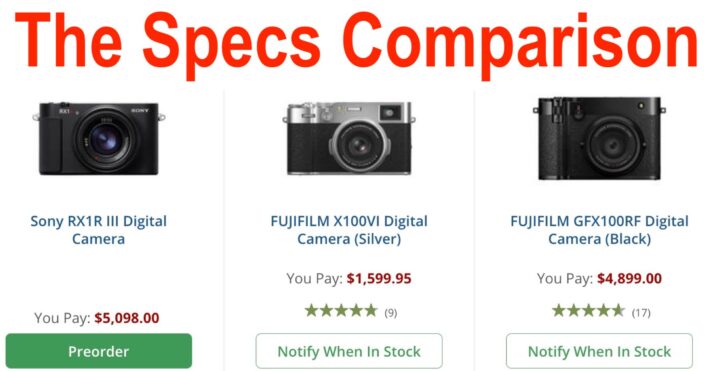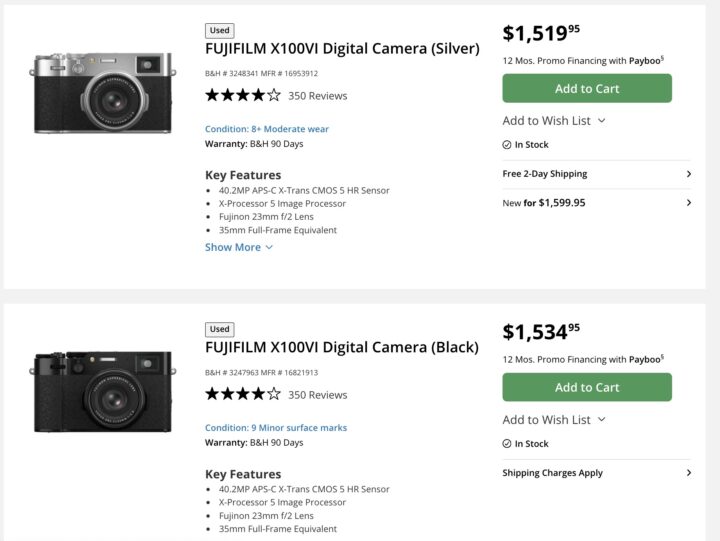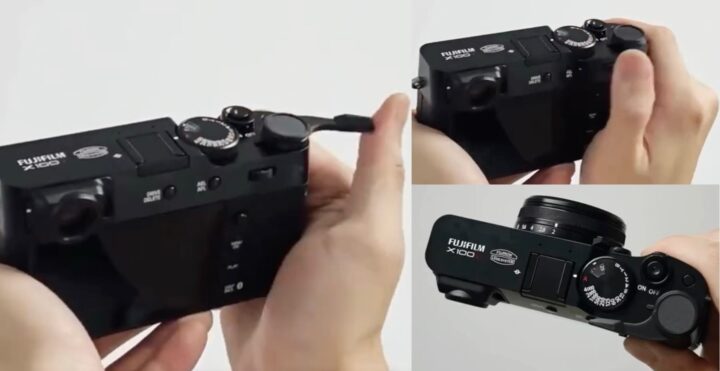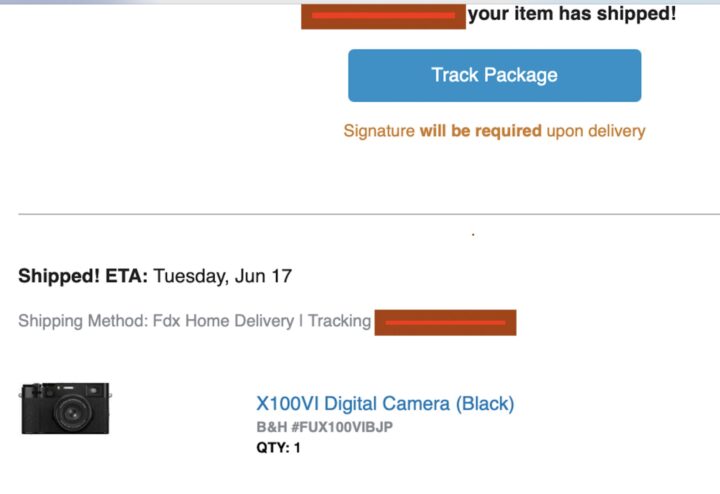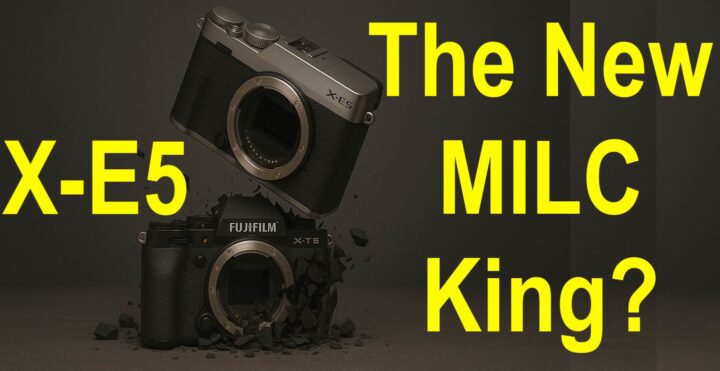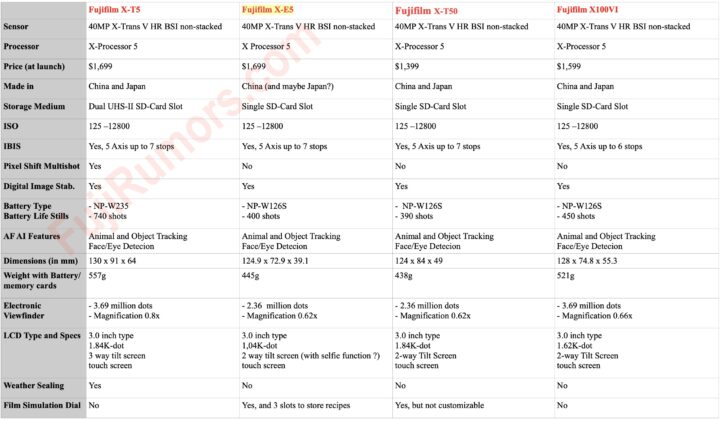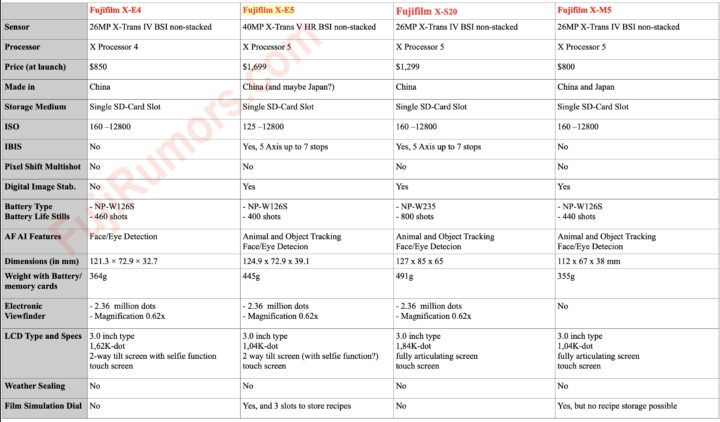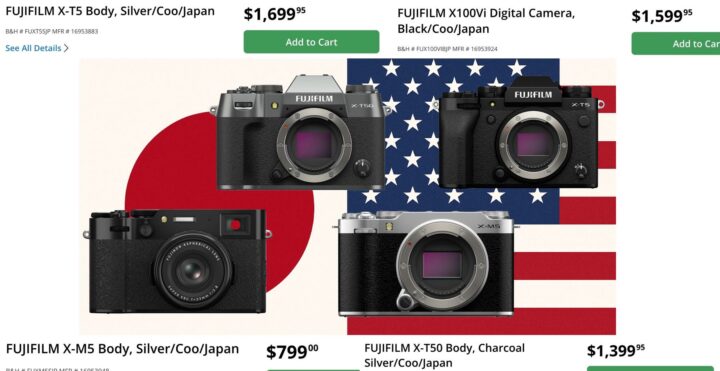Sony RX1rIII vs Fujifilm GFX100RF vs X100VI Specs Comparison – GFX100RF Looking Like a Bargain and X100VI Like a Steal?
Sony has just launched the Sony RX1rIII fixed lens camera.
Now, for the full specs comparison (vs X100VI and GFX100RF) you can check out the dedicated BH comparison page. Frankly, I trust B&H more with reliable specs rather than asking AI to do that ;). But let me highlight some RX1rIII specs:
Sony RX1R III
- $5,098
- no IBIS and no OIS
- 61 MP
- 2.36m-Dot EVF
- no joystick
- has film looks called “film 1”, “film 2”, “film 3”
- no mention of weather sealing
Well, at that price, it makes the Fujifilm GFX100RF look like a bargain, which also has no IBIS or OIS, but offers a 5.76m-Dot EVF, 100 megapixel, weather sealing, joystick and it costs $4,899.
And the Fujifilm X100VI looks like a steal, as you can get it for $1,599 and it comes with IBIS, 3.69m-Dot EVF, hybrid viewfinder, joystick, weather sealing (if used with filter) and 40 megapixel.
The main advantages for the Sony RX1RIII are the autofocus and the f/2 lens, even though that makes the lens bigger which might be a negative for those, who look for ultimate portability.
In my view, the Sony RX1R III is a very welcome and much-needed addition to the fixed-lens camera market. Sony made a smart move by reviving this line, especially given the growing popularity of fixed-lens cameras. That said, I still believe Fujifilm offers the more refined and well-rounded option overall—though the Ricoh GR series remains a compelling and tempting alternative.

